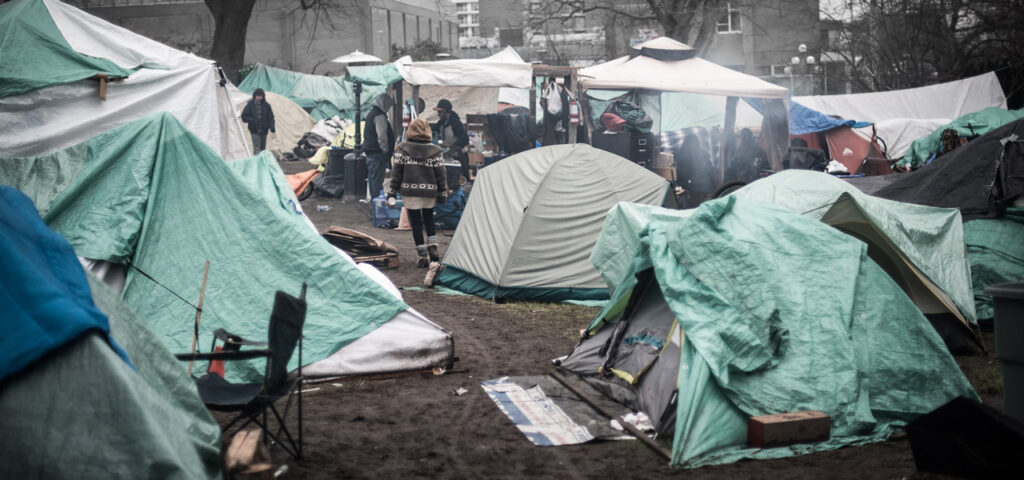Utah Code Blue saves lives all over state, created to protect the homeless

Code Blue became a Utah law in 2023. This law was created to protect the homeless from severe weather when the temperature drops and storms hit the area. The code is called per county based on a 24-hour forecast. Ogden City had been following the Code Blue protocol for two years prior to the state mandate.
Over 60% of Utah is in Code Blue the first few weeks of January. This included 18 counties; Box Elder, Cache, Carbon, Davis, Duchesne, Iron, Juab, Millard, Morgan, Salt Lake, San Juan, Sanpete, Sevier, Summit, Tooele, Uintah, Utah, and Wasatch. Utah has 14,697 homeless shelters.
Code Blue is triggered anytime the National Weather Service predicts that the temperature will fall below 15 degrees for two or more hours, within 24 hours. When a Code Blue is called, homeless shelters are required to expand their availability by 35%. Utah is below the national average of homeless people. Utah has 11 people that are homeless per every 10,000. The national average is 18 people per every 10,000.
More than just homeless shelters offer space for the homeless to stay to get away from the weather. Many churches and few medical centers open the buildings through the night. Some churches also offer hot meals during Code Blues to those staying in the buildings. A Code Blue alert also means that areas that do not have a homeless shelter, may transform any government building into a place to house the homeless and unsheltered, until the Code Blue has been lifted. For this or the availability percentage to be increased normally, without a code blue, these organizations are required to jump through many hoops and have to get approved to do so.
Not every person who is homeless wants to go to a shelter during a Code Blue but they can still benefit from the alert. During these alerts, police are not allowed to take any gear like tents, sleeping bags, or anything else, off the streets.
Code Blue is important and saves lives by keeping people out of the cold weather. When the weather gets so cold homeless people are more susceptible to hypothermia and other health issues relating to the cold. Many do not have enough changes of clothes to stay dry after a storm causing their temperatures to drop hours after the storm has passed.
Code Blue can also alert to other warnings. This could also be an indication to stay off of roads. With Code Blues there is often a storm along with it which can cause ice to form or snow accumulating on the roads. This is also a sign to stay home or layer clothes when leaving the house.
The alert was pushed by a Utah Representative Steve Eliason and one of his former interns Wendy Garvin.




